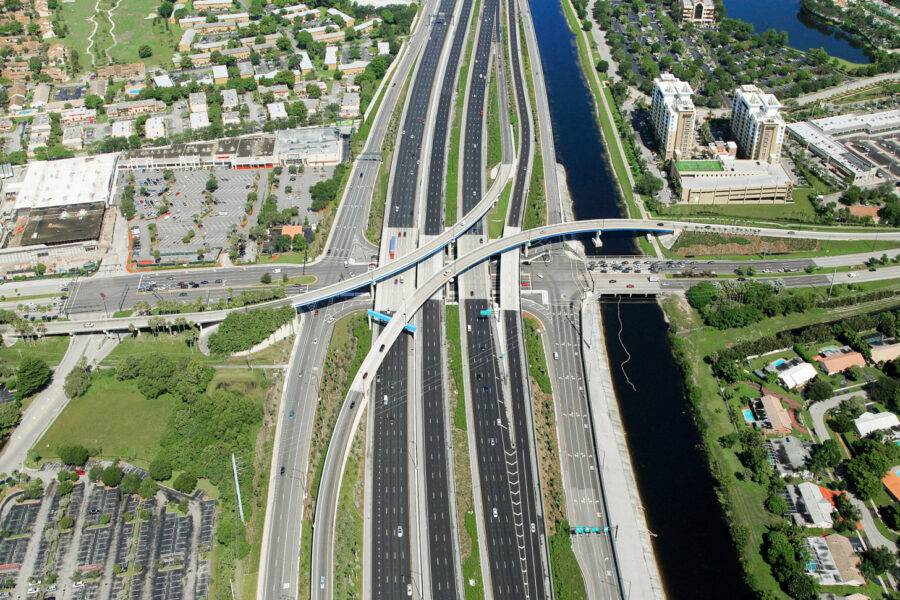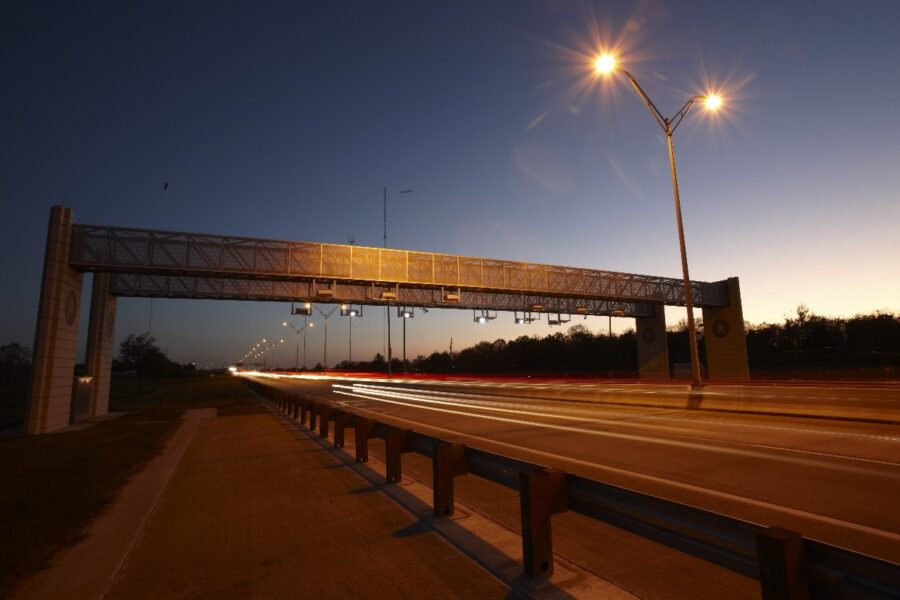Designing Roadways for a Connected, Autonomous Future

Connected and autonomous vehicle (CAV) technology will ultimately reshape our entire transportation industry. The change is already happening — 41 states have either introduced or enacted autonomous vehicle legislation since 2012, according to the National Conference of State Legislatures.
But, to move to widespread adoption of CAVs and the smart infrastructure needed for them, our industry has a long way to go. To bring on the influx of CAVs, transportation agencies across the country will be charged with creating a connected infrastructure.
Connecting the Dots
While American cities have grids in varying degrees of technological sophistication and condition, highways that snake through more rural areas likely aren’t as prepared for CAVs.
To help bring these roads up to speed, we must look to connect the dots by providing strategically placed dedicated short-range communication (DSRC) units to communicate with connected vehicles, and ultimately with smart infrastructure. These units can help CAVs transfer vehicle, road, traffic and even weather information to each other.
Build It and They Will Come
In Florida, we have already begun to make the transition to building the platform for CAVs on our limited access facilities by the incorporation of managed lanes (Express Lanes). While these lanes are currently designed to accommodate HOV and toll-paying customers, they are designed to act as independent facilities, within the interstate highway right-of-way, by incorporation of physical, delineated, or striped separation from general purpose lane vehicles.
These separated lanes – even if they’re only separated by striping – could give CAVs an opportunity to connect with each other, form a platoon and maximize efficiency as they travel. How is this type of application captured in the Concept of Operations, and Business Rules, developed for our managed lanes facilities?
CAV lanes could be a boon to the trucking industry. If a few CAV commercial trucks can form a platoon in these lanes, they will be able to create a mini-train, using the draft to save energy and reducing the capacity of roadway they are taking up.
The challenges faced with this application is in the aspect of operation. What vehicle fleet penetration is needed to make a switch to CAVs in managed lanes, versus the application used today? How do we handle the change-over from connected vehicles to free-flowing vehicles at the terminus points of the platoon trip?
For Transportation Agencies, Questions of What Next
For transportation agencies, updating infrastructure for CAVs is only part of the challenge. The greater equation will be how to gather, process, store, share and analyze the data CAVs transmit. The data platforms and analytics transportation agencies develop could better identify traffic trends, mobility needs, supplements to transit, and the advancement of mobile phone applications, to name a few.
The data transportation agencies collect could change the very basics and standards of road design. For instance, could data be utilized to immediately update 3-D mapping so that project designs could use these precision maps for plans development? Due to the efficiency of CAVs, and the connectivity of the systems, will the influx of CAVs reduce the needed width of traffic lanes from 12 feet to 10 feet, thus providing more capacity within the same footprint of roadway? Could we see a transportation system that could utilize dynamic lanes due to the data and connectivity shared between vehicles and the infrastructure?
These changes won’t turn over like a light switch. But the sooner more agencies begin factoring in CAV needs when working on new transportation projects, the sooner our nation’s infrastructure will be ready for widespread adoption.
Learn more about the Tolls & Managed Lanes services that RS&H has to offer.



